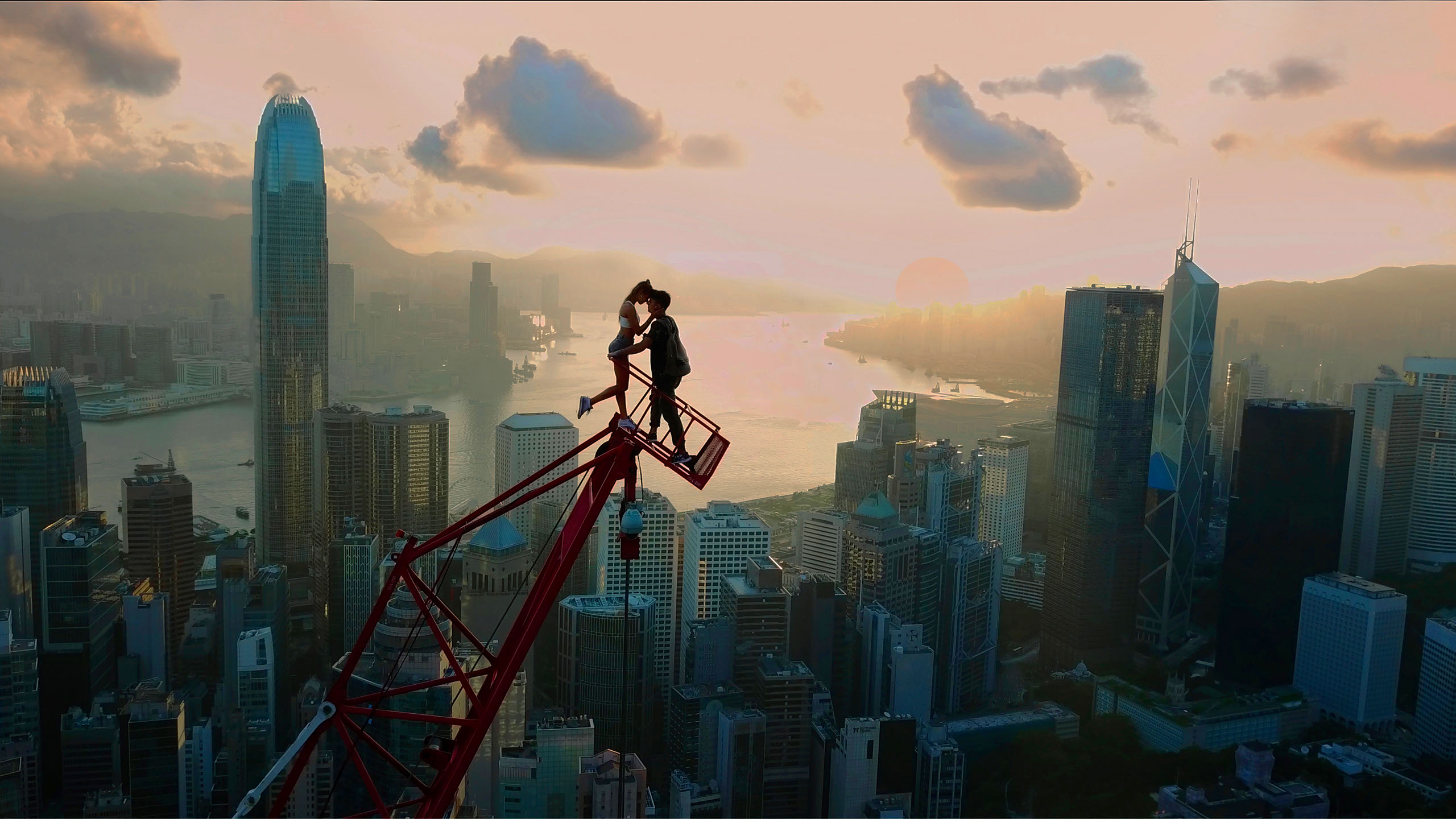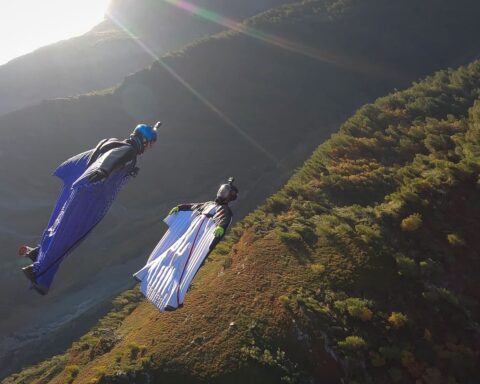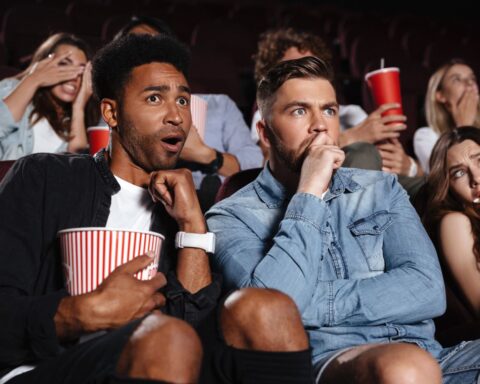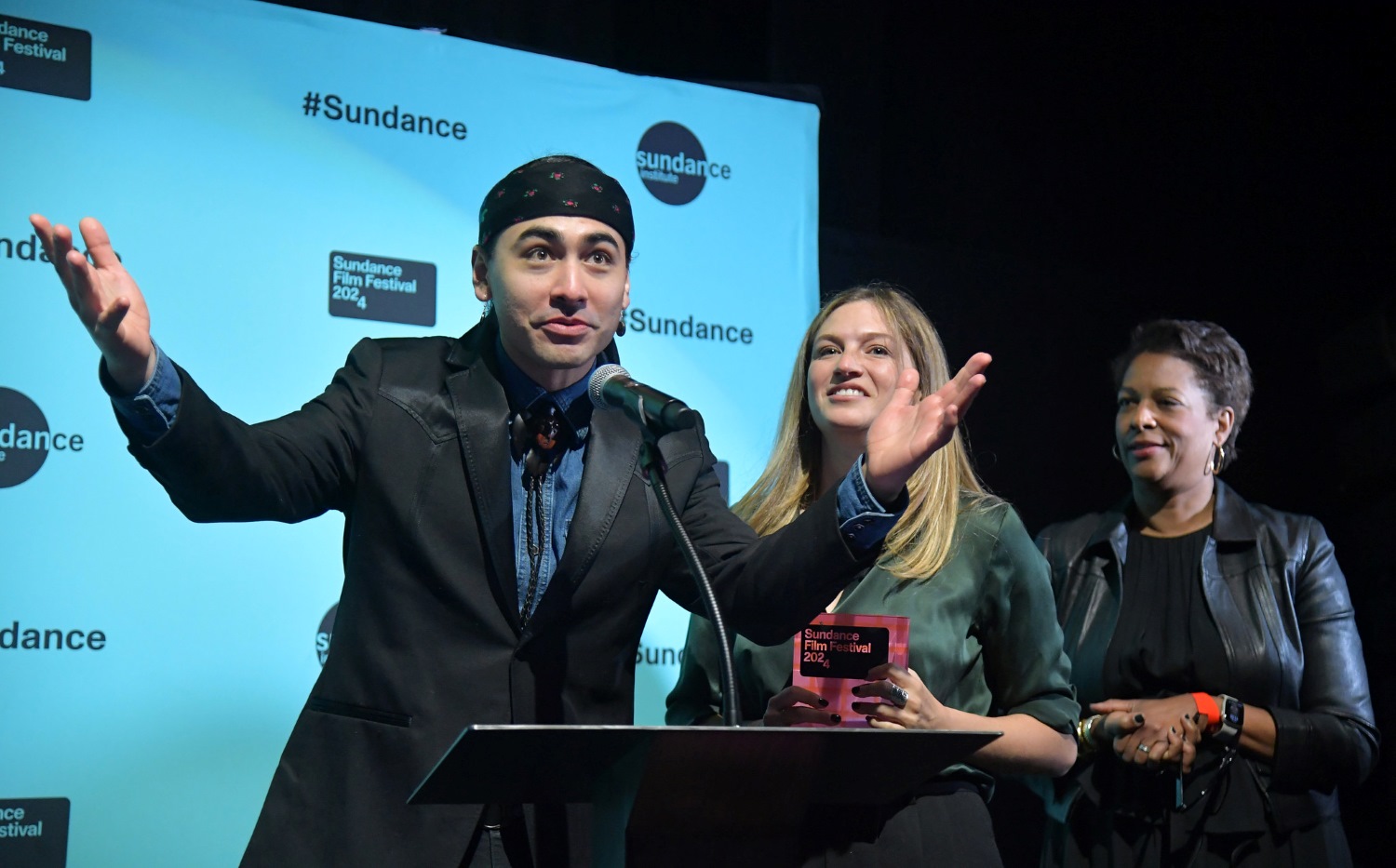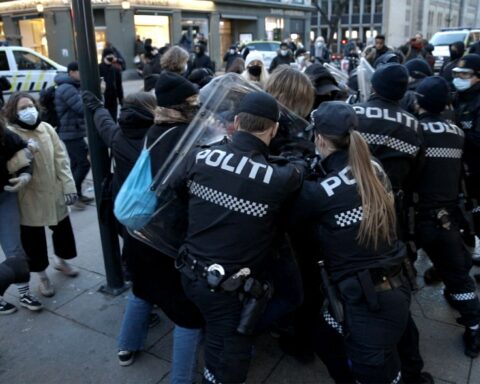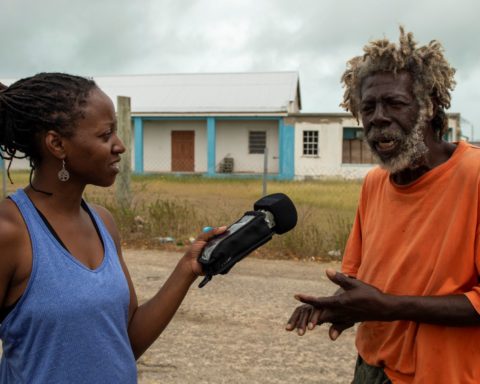The Sundance Film Festival is back in business. At least, from the vantage point of someone devouring the line-up over 3,000 KM away from the Egyptian Theatre. Although one can hear the inevitable grumbles about the practical challenges of in-real-life festivals and the inevitable reality that virtual festivals remain a temporary trade-off/add-on, Sundance’s documentary slate and the business it delivers are reason for optimism.
I managed to see all 20 feature documentaries in competition at Sundance along with three outside the main slate and two very strong episodic works, Conbody VS. Everybody in full and the Tammy Faye doc Better Angels, but only the first two episodes of the latter, so I’ll reserve full commentary for later. This slate makes for a respectable snapshot of what was on offer in Park City proper. (The only ones I couldn’t see had distribution going into the festival and/or PR campaigns that made seeing them impossible—even for one title that approached this publisher for a cover!) Sundance’s virtual festival again proved a breeze with all competition docs available virtually in a user-friendly platform, albeit with an understandable lag that had the virtual component begin at the festival’s midpoint.
Moreover, having deleted my personal Twitter earlier in the month and trying harder to reduce screentime, this year’s experience of virtual Sundance paradoxically means that I was the most out of the loop I’d ever been, but also the most focussed on the docs themselves. Festivals are all about conversation and dialogue, though, so despite the welcome convenience of binge-watching the line-up, I’d happily agree with anyone saying that a festival proper is worth the trip.
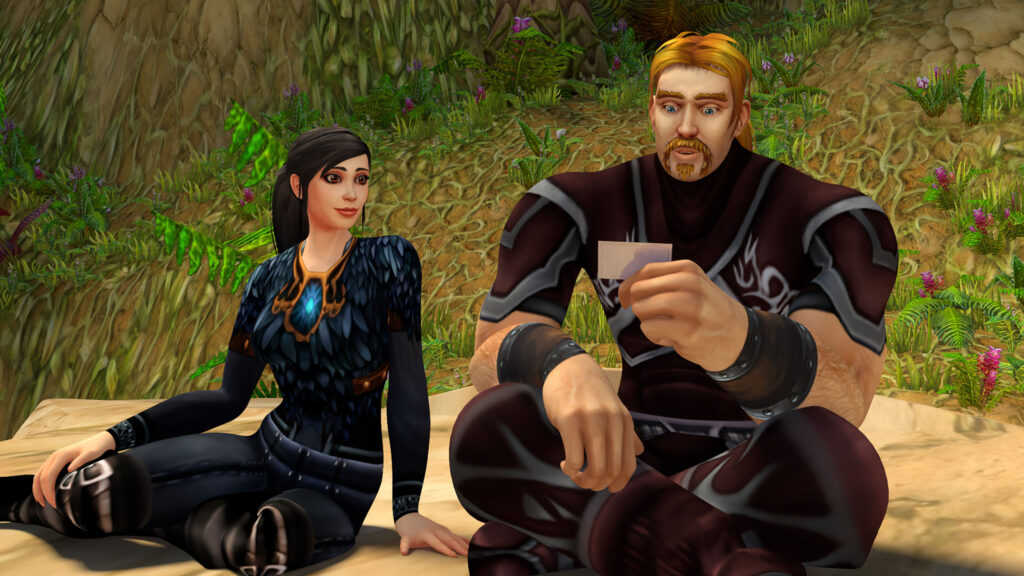
The Sales
The doc market, for one, might be able to breathe a bit easier after this year’s festival than last year’s event. Peers in doc circles had anxiety heading into Sundance after only one competition title, The Eternal Memory, sold during 2023’s festival. (Most competition docs eventually found homes.) This year, sales reports trickled out before the festival closed. Netflix, which came into the festival with Yance Ford’s Power, a damning examination of the rise of the police state in America, snapped up two of Sundance’s best titles: World Cinema Audience Award winner Ibelin and my personal favourite of the festival, Skywalkers: A Love Story. (More on that one below.)
After scoring Mountain Queen: The Summits of Lhakpa Sherpa at TIFF last year, Netflix regains its foot in the documentary game with four solid documentaries that aren’t about celebrities or true crime tales. Any one of them could conceivably win the Oscar next year and all four of the docs mentioned here are worthy of the shortlist. Netflix also picked up the “We Are the World Doc” The Greatest Night in Pop, which is already playing on the streamer for audiences with festival FOMO.
Admittedly, with Ibelin and Skywalkers representing the two big doc sales so far the climate has not yet confidently tapped into the political docs that were among the festival’s strength. One year before COVID, for example, Netflix got labour rights doc American Factory and led it to Oscar victory. This year, Brett Story and Stephen Maing’s Union took on Amazon, won a special jury prize, and got people talking, but it’s still looking for a home.
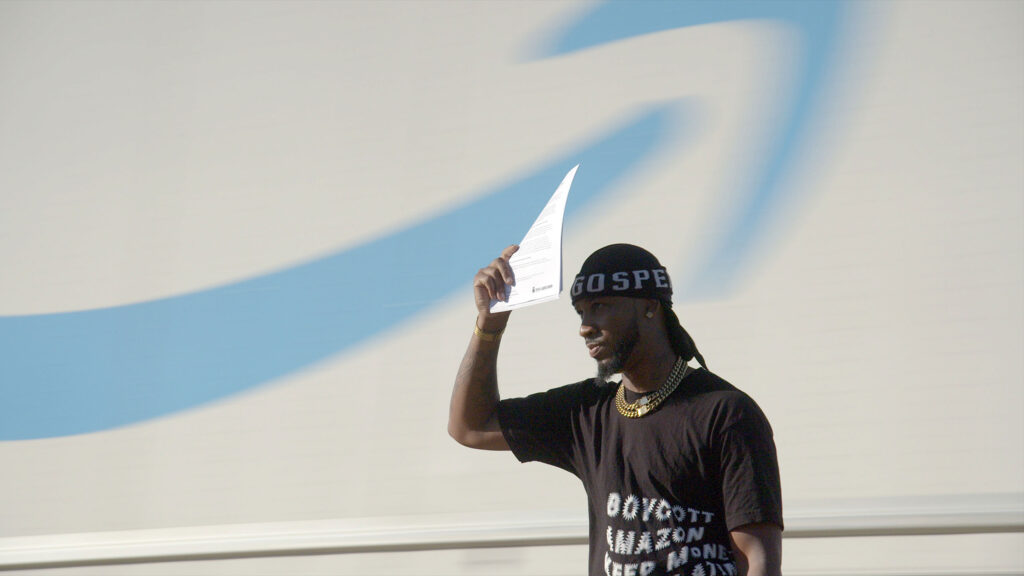
Rally for Union
As with American Factory, Union offers a coup for vérité filmmaking. The doc follows American Labour Union big cheese Chris Smalls as he and colleagues rally to unionize the workforce of the online shipping behemoth. Union offers a sobering look at Amazon’s shoddy track record with labour rights as the organizers speak with colleagues who endure long hours with truncated breaks and meagre pay even though the company makes hundreds of millions of dollars daily thanks to the busy hands that go into picking and processing orders. But the film also observes the challenges of organizing in the face of the monolith. Workers come and go as Amazon’s turnover rate surpasses 100%. The flood of seasonal and temporary workers affords the ALU a limited window to convince folks through free burgers and weed that they need the union.
Glimpses caught by participants capture Amazon’s intensive effort to dissuade employees, moreover, which show the challenge of taking on a corporation with bottomless pockets. The covert footage also underscores the inhumanity of Amazon’s treatment to its employees. Simply put, it sees value in bankrolling union-busters, but not paying everyday workers fairly. Meanwhile, Union observes robots scurrying throughout the warehouse floors, eerie reminders that anyone who speaks up can be readily replaced with a workforce that can scurry 24/7 for literally nothing.
While viewers might quibble that Union doesn’t wade much into details about the ALU, the portrait of the effort to unionize simply makes Amazon the springboard for wider conversations. This is a frank and immersive portrait of what it means to mobilize workers in contemporary America. The film, fuelled by some memorable characters, assesses the challenges of uniting a fractious workforce, particularly once cracks show in the leadership and when personalities clash. It’s a compelling snapshot of labour rights in flux as the world finds a new normal.

Never Look Away and the Jury Prizes
Other meaty docs still looking for a home include Lucy Lawless’s pulse-pounding account of cameraperson Margaret Moth, Never Look Away. This riveting film looks back on Moth’s remarkable career as a CNN videojournalist in conflict zones. Fuelled by some incredible archive footage that Moth shot, along with her rock star persona, Never Look Away offers an extraordinarily tense and meticulously crafted portrait of journalism on the front lines. One might speculate that Lawless’s star power ranks among the reasons why the jury let Never Look Away walk home empty-handed, but the novelty of one warrior princess paying tribute to another simply provides a hook for what is, frankly, one of the best feats of filmmaking set for the circuit this year. It’s an accomplished feature debut.


On the jury awards front, moreover, the Grand Jury Prizes don’t quite reflect the calibre of filmmaking at Sundance this year. The U.S. winner Porcelain War, directed by Brendan Bellomo and Slava Leontyev, offers a respectable tale of artists who fight among Ukraine’s civilian army. When the film taps into the artistic side of their work, particularly with animation that illustrates the trauma of wartime, it’s extraordinary, but the doc lacks focus. It may cross a few lines with the (extraordinary) footage of wartime. It’s uncomfortably pro-drone warfare. The compelling nature of the subject matter demands a more critical lens, but one also can’t overlook the significance of the story it does tell.
Perhaps the big surprise of the winners is the World Cinema Grand Jury Prize for A New Kind of Wilderness. While director Silje Evensmo Jacobsen delivers a very nice and intimate look at a family whose dreams of life on a sustainable farm are at a crossroads, it doesn’t quite match competitors like Never Look Away, or the bravura archival essay Soundtrack to a Coup d’État. The latter work is perhaps the most formally daring and artistically ambitious doc from Sundance’s competitive slate. While it’s a demanding and exhausting experience at 150-minutes of rapid-fire archive and jazz, with more on-screen text than most non-fiction books, Soundtrack offers a rigorous exploration of the Congo’s past, its struggles against colonialism, and the influences from the United Nations, the music scene, and elsewhere that waded into African politics. Anyone who sticks with it will be rewarded.
Auteur-Driven Docs
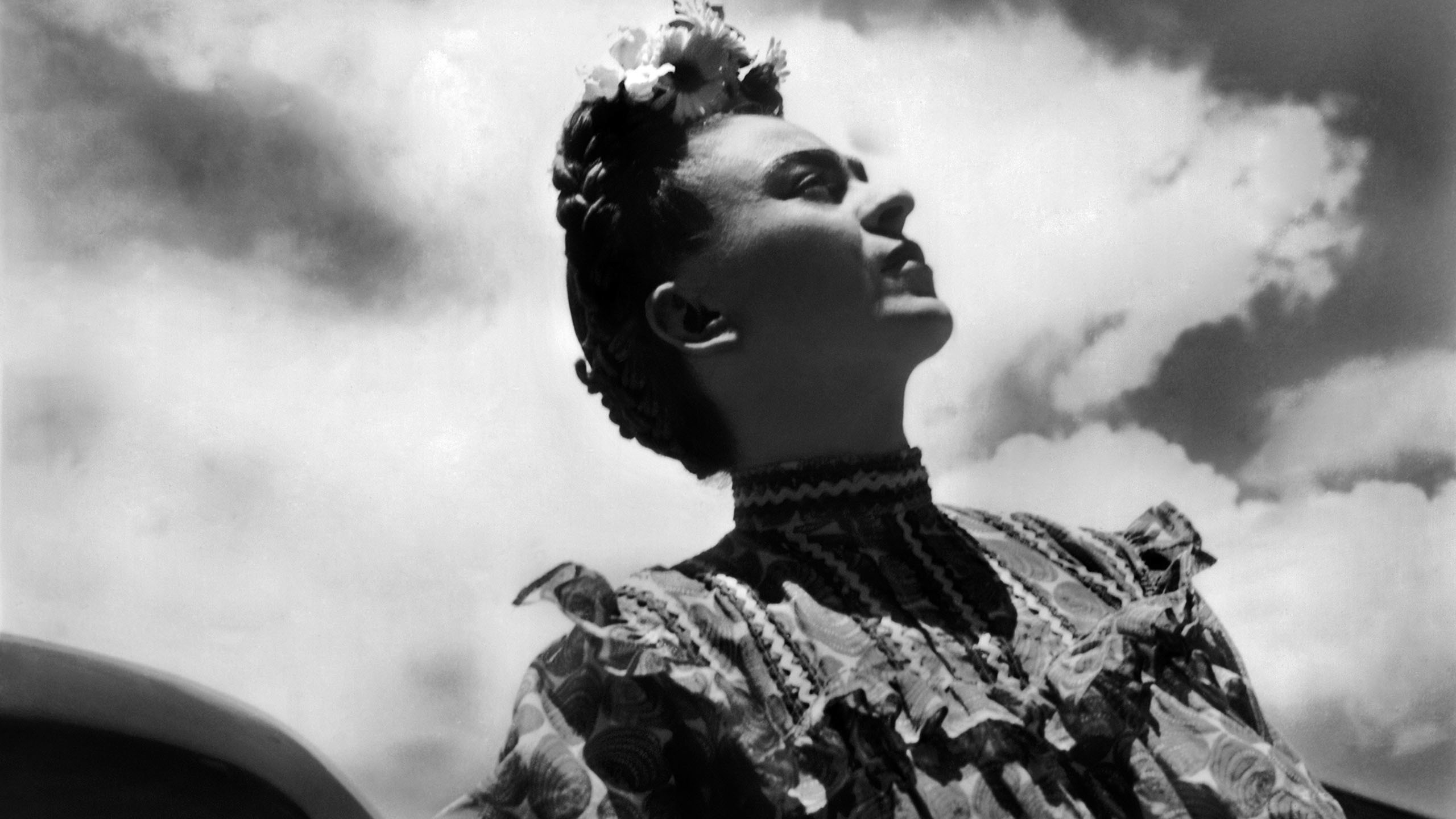
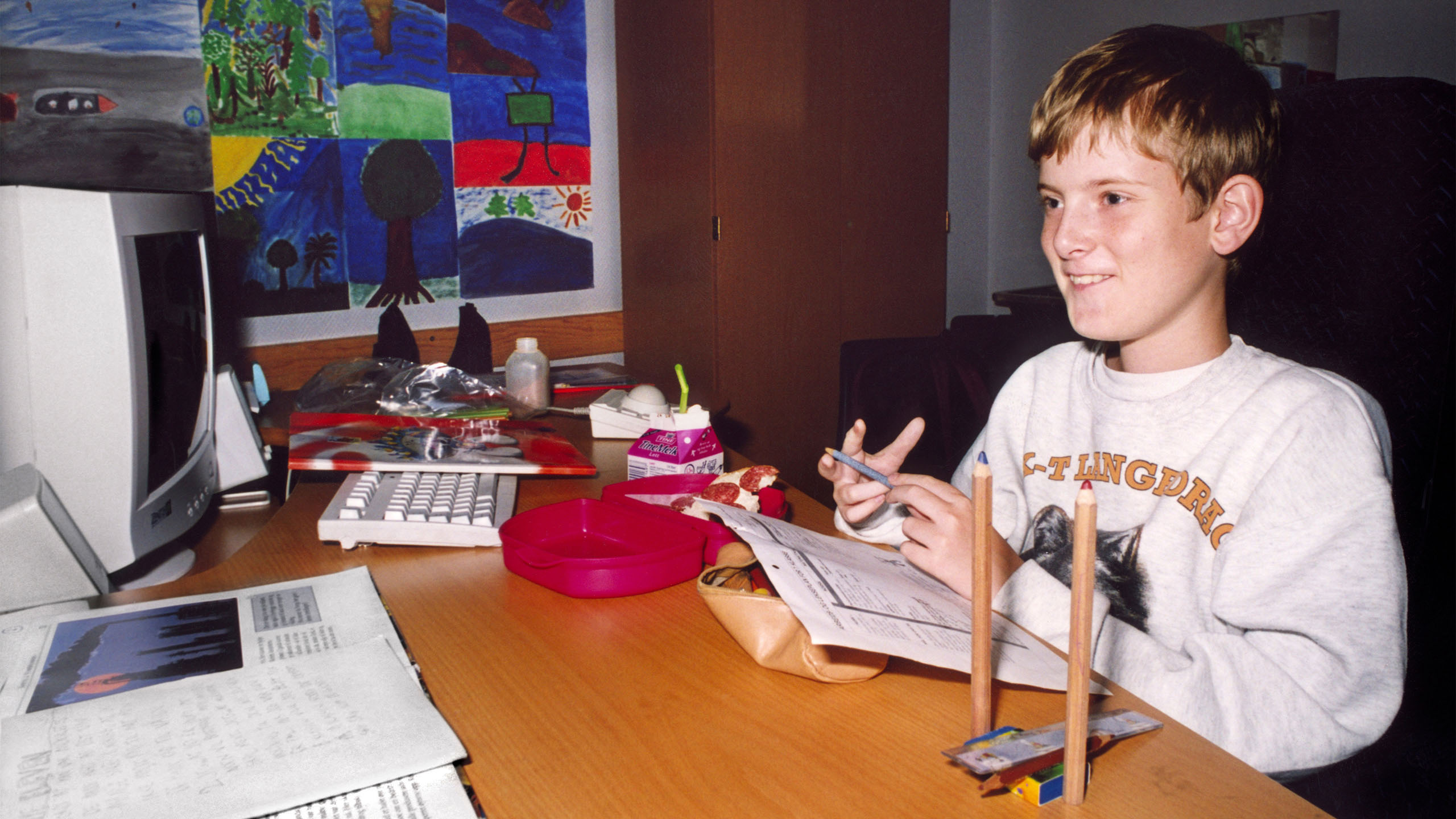
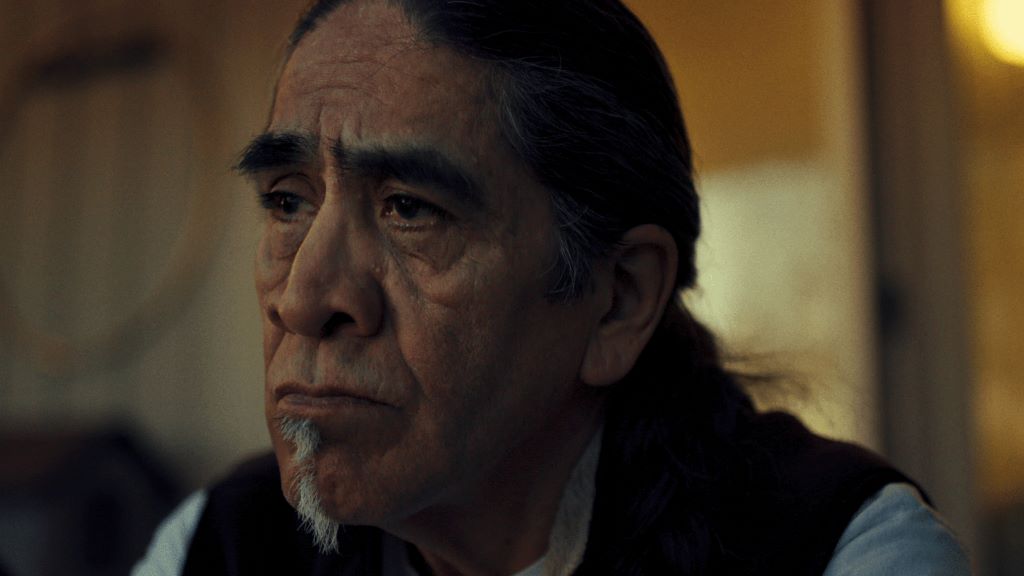
Also notable on the archival front is Carla Gutiérrez’s Frida. While the doc carries an air of redundancy 22 years after Julie Taymor’s Frida Kahlo biopic of the same name, Frida offers a dazzlingly playful portrait of the unibrowed Mexican painter that would likely please the artist. Culling together an impressive array of Kahlo’s artwork and illustrated diaries, and bringing them to life through vivid animation and reflective voiceover, Frida sumptuously explores the artist’s life and art by delicately connecting the heartaches and loves that inspired her.
If the standouts of the line-up include Never Look Away, Soundtrack to a Coup d’État, Union, and Frida, perhaps one can observe that Sundance 2024 marks a return for auteur-driven documentary. One sees this achievement in the juries’ apt choices for the directing awards, which went to Emily Kassie and Julian Brave NoiseCat for Sugarcane on the U.S. side and Benjamin Ree for Ibelin on the World Cinema front.
Ree’s Ibelin proves an especially strong artistic highlight from Sundance for its ingenious recreation of a young man’s life using the digital archive he left behind with the video game World of Warcraft. The film tells the story of late gamer Mats Steen, who was physically bound to a wheelchair due to a degenerative muscular disease and immersed himself in an online community before dying at age 25. Ree connects with friends who Mats knew only in the virtual realm via his avatar Ibelin. They share how Mats/Ibelin made an impact in ways his friends and family in real life never knew. The animated odyssey also lets viewers, and Mats’ family, experience the life in which he could run freely, be a womanizer, and, notably, an empathetic conversationalist.
Ree’s exploration of Mats’ digital afterlife is especially impressive in comparison to the festival’s two docs that directly tackle AI and artificial immortality, Love Machina and Eternal You, without adding much new to the conversation. Alternatively, Ibelin explores the pros and cons of giving one life in the digital realm. It also draws a clear line between the acts of preservation and continuation. Ibelin is a touching work about the unexpected ways that one person can affect the lives of others. The Netflix acquisition might be useful for audiences who need a good cry at home.
Authorship and Transparency
Meanwhile, Sugarcane wades into the painful history of residential schools in Canada and the USA. The doc follows Julian Brave NoiseCat to Sugarcane reservation in British Columbia where he reconnects with his estranged father. Their family story offers a guide through which Sugarcane absorbs the legacy of violence wrought against Indigenous children in residential schools and the lateral violence that continues to impact families to this day. NoiseCat makes a compelling guide with his search for closure and catharsis, but also his desire to heal his ancestors’ wounds. His quest echoes the many voices who cannot tell their tales.
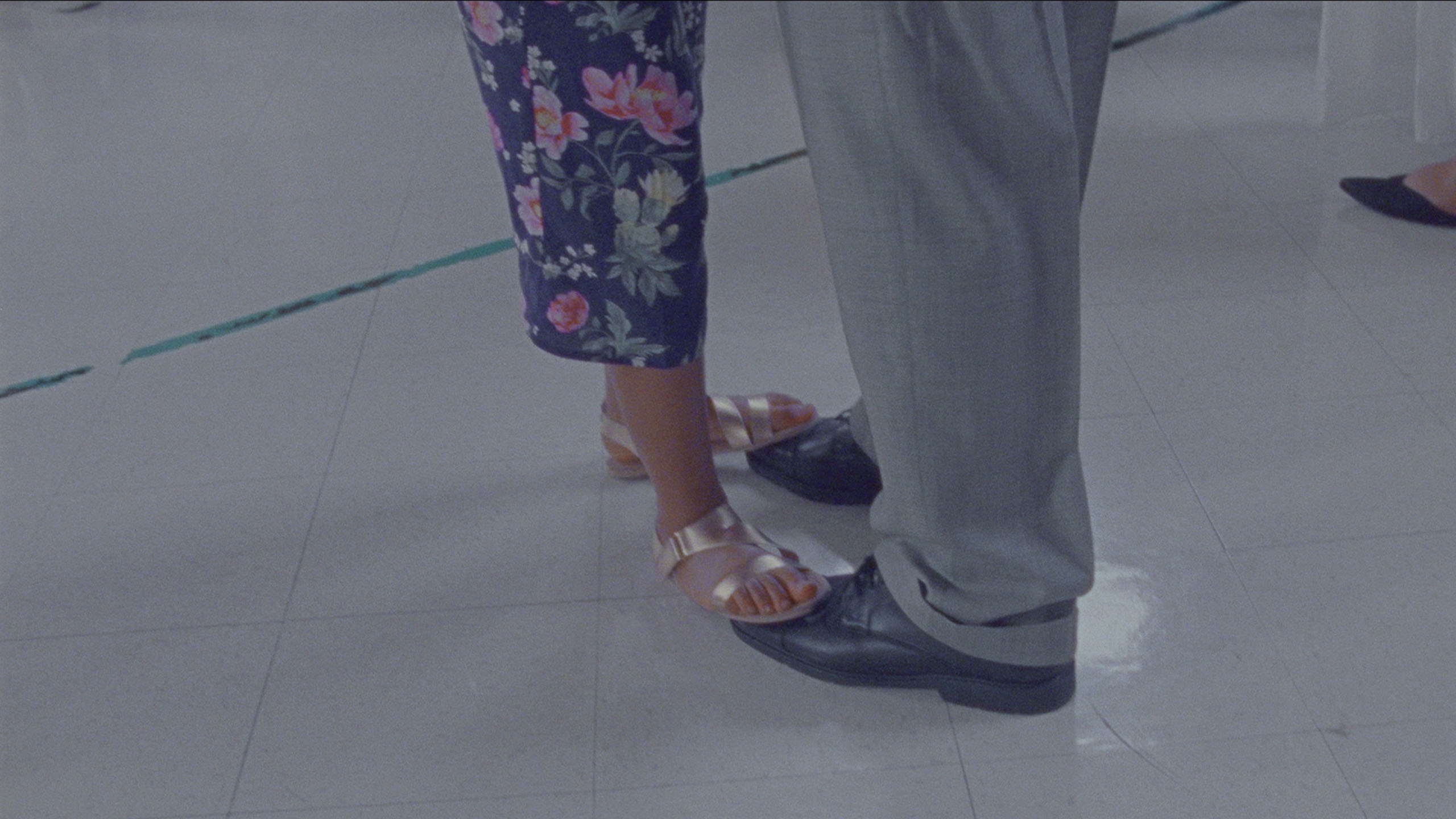
That Sugarcane makes NoiseCat’s dual roles both behind and in front of the camera clear to viewers, an absence of transparency provides a minor wrinkle to Daughters, the festival’s U.S. Audience Award winner and overall Festival Favourite as voted by attendees. Daughters is unquestionably a deeply moving account of the devastating impact that America’s carceral system has on families. A cinema vérité masterwork from directors Natalie Rae and Angela Patton, Daughters follows the stories of fathers in prison and their daughters on the other side of the wall as they participate in the Date with Dad programme. The initiative bridges the divide that time served creates between fathers and children. Parent and child get to participate in a Daddy-Daughter-Dance, which resembles a makeshift prom and gives families a chance to reconnect in a system in which physical touch is often prohibited. Many of these dads haven’t hugged their daughters in years, or even seen them beyond a computer monitor, and the dance offers a humanist window into the need for prison reform.
But the film also features a participant, simply named Angela, who coaches the dads through the process. It turns out, with minimal research, that this Angela is one of the film’s directors, Angela Patton. It also turns out that the Dance with Dad program is her brainchild, propelled by a 2013 Ted Talk, her non-profit Camp Diva, and an admirable mission to connect families. Daughters shares Patton’s work genuinely and selflessly. It’s refreshing that she only appears in the film when fulfilling her duties with the program. This portrait isn’t about her but rather the lives changed by such activism. But anyone watching the film won’t be able to recognize that there’s no degree of separation between filmmaker and subject. At a time when documentary too frequently serves as thinly-veiled PR, the absence of transparency risks undermining what is otherwise an essential slice of American filmmaking. A mere additional line of text to the intertitle that introduces Angela could make the doc unimpeachable. Daughters deserves an audience. And, judging by the reception at Sundance, audiences are forgiving if Patton is transparent through her physical present at a screening.
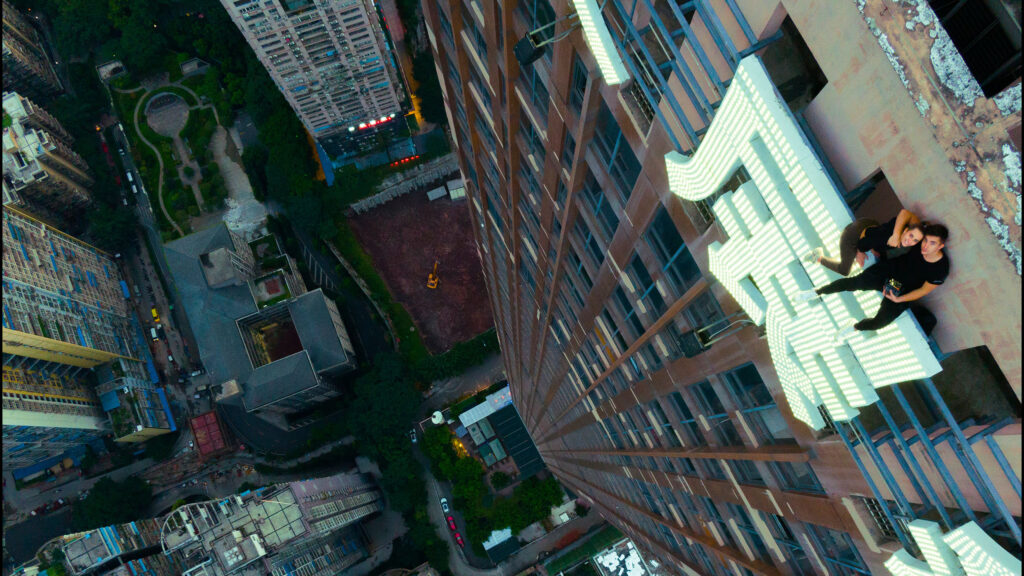
Best of the Fest
Finally, while Sundance 2024 heralds other great docs to watch on the circuit, like the groundbreaking Desire Lines, the elegiac Gaucho Gaucho, and the evocative Nocturnes, Skywalkers soars as the best of the fest. Director Jeff Zimbalist provides a truly thrilling and dazzlingly cinematic experience. The film follows Russian lovebirds Angela Nikolau and Vanya Beerkus as they rise in a social media phenomenon known as “rooftopping.” Nikolau prefers the term “skywalker,” though, since she feels that her practice of ascending to the tips of the highest skyscrapers and performing balletic poses at vertiginous precipices isn’t adequately captured by the other influencers’ term. Beerkus agrees and they join forces, touring the world and upping the ante with greater climbs. The rush of adrenaline proves palpable as the skywalkers take extraordinary risks in search of the perfects shots to capture their daring-dos.
Skywalkers invites comparison to Man on Wire with a dash of Fire of Love for its thrilling storytelling at such great heights, but thanks to contemporary technology, the film lets audiences accompany the thrill-seekers along every step of the way. All the footage of the risky shoots comes thanks to Nikolau and Beerkus, who navigate the logistics of their photography throughout the film, including using drone shots to afford the awesome sense of scale. On the ground, Zimbalist and his crew nab equally riveting drama as the fatalist nature of skywalking divides the couple. This film in no way endorses the duo’s risky behaviour, as many of Nikolau’s friends plunge to their deaths over the course of production and the reality of the risk both rattles and fuels her. Similarly, Skywalkers features edge-of-your-seat viewing as the photographers ascend rickety buildings nimbly but perilously. The film takes audiences to heights one might never see, nor wish to experience, in real life.
It’s encouraging to see the best docs at Sundance lead the pack of sales. While it’s also refreshing to know that Skywalkers will soon dazzle audiences from the Netflix queue, even the highlight of a virtual festival stresses the thrill of the full cinematic experience. See it on the biggest, tallest screen you can.




